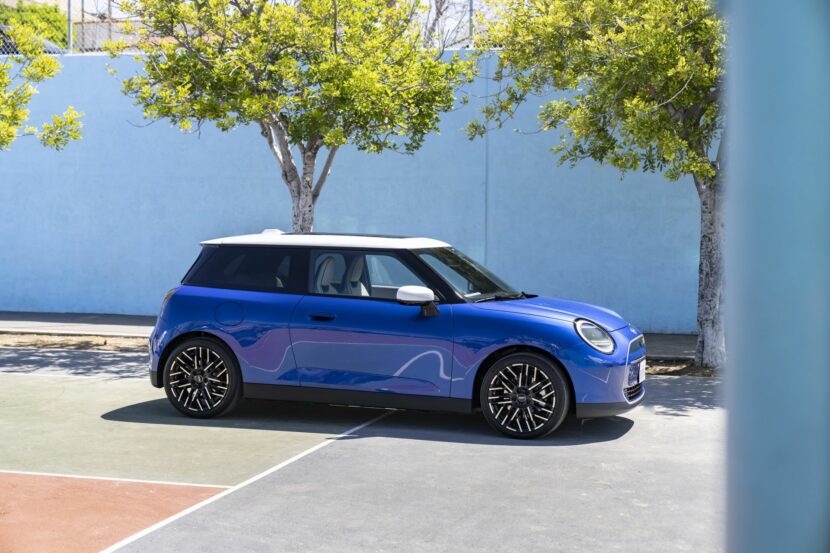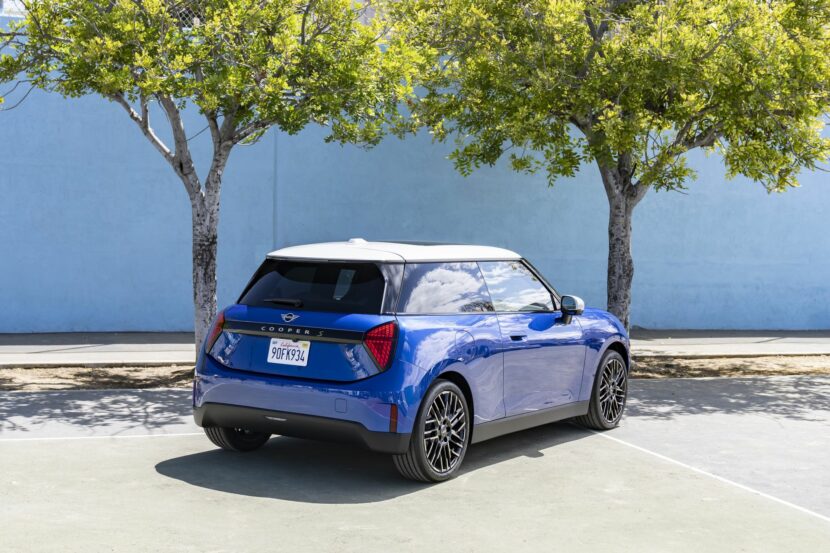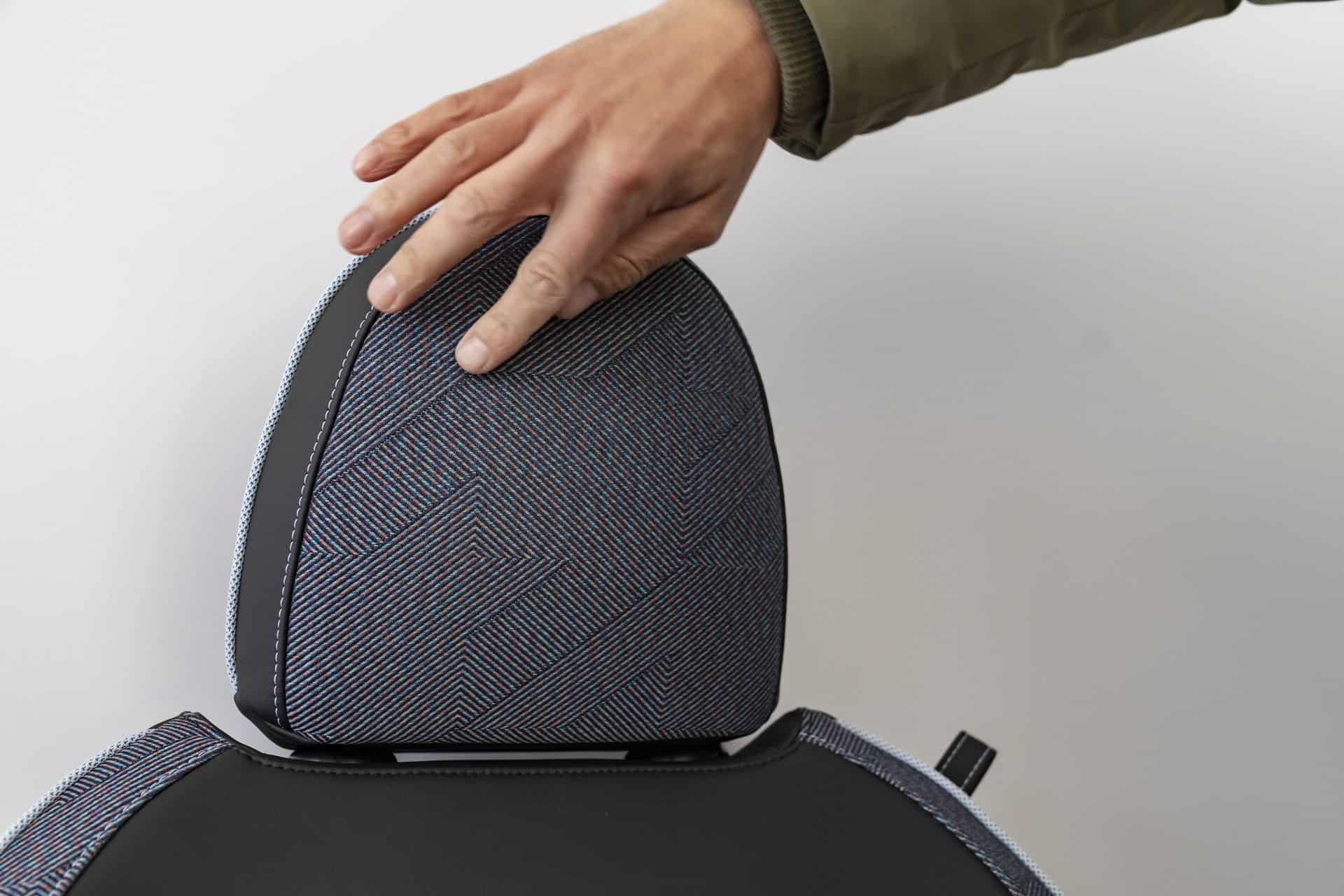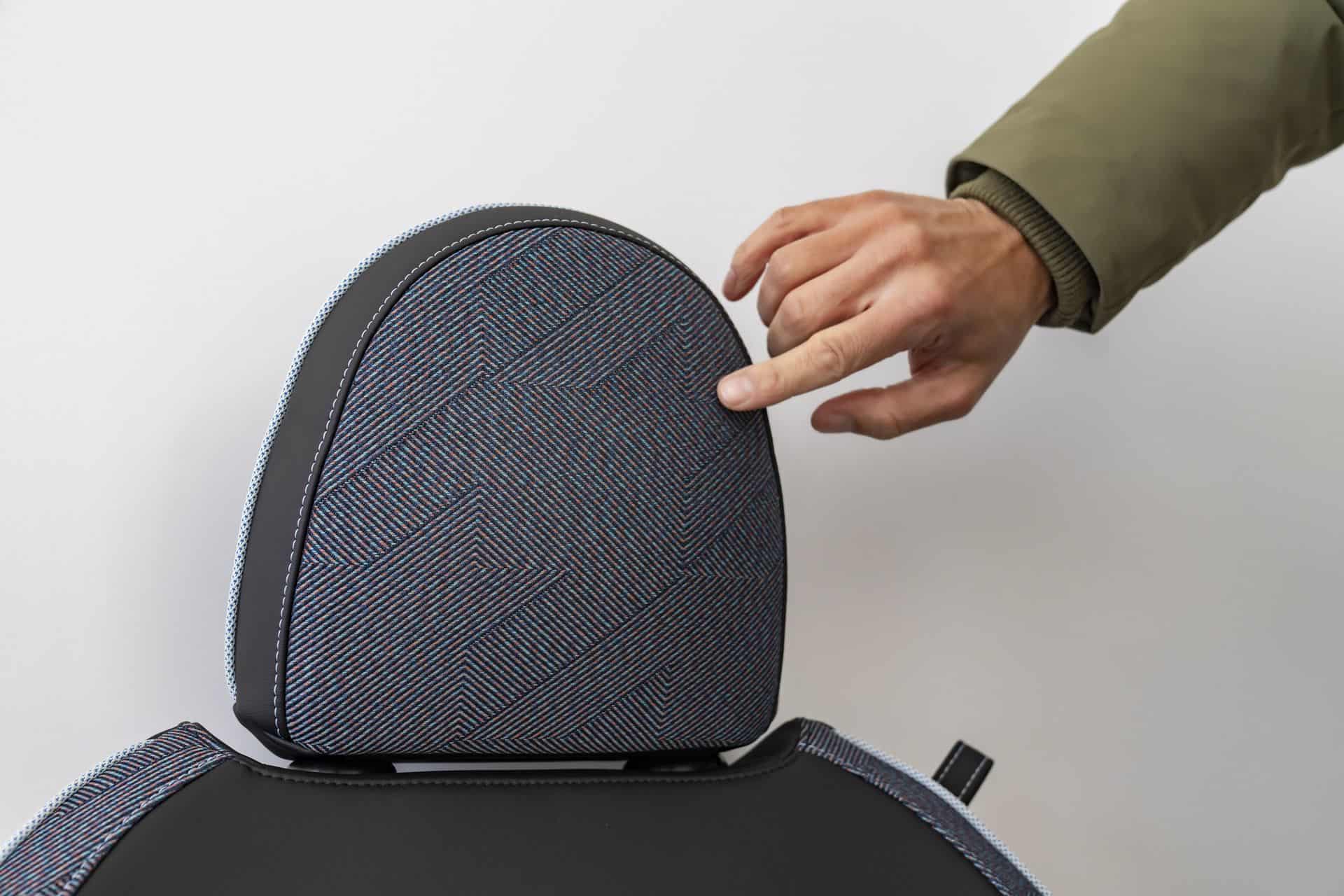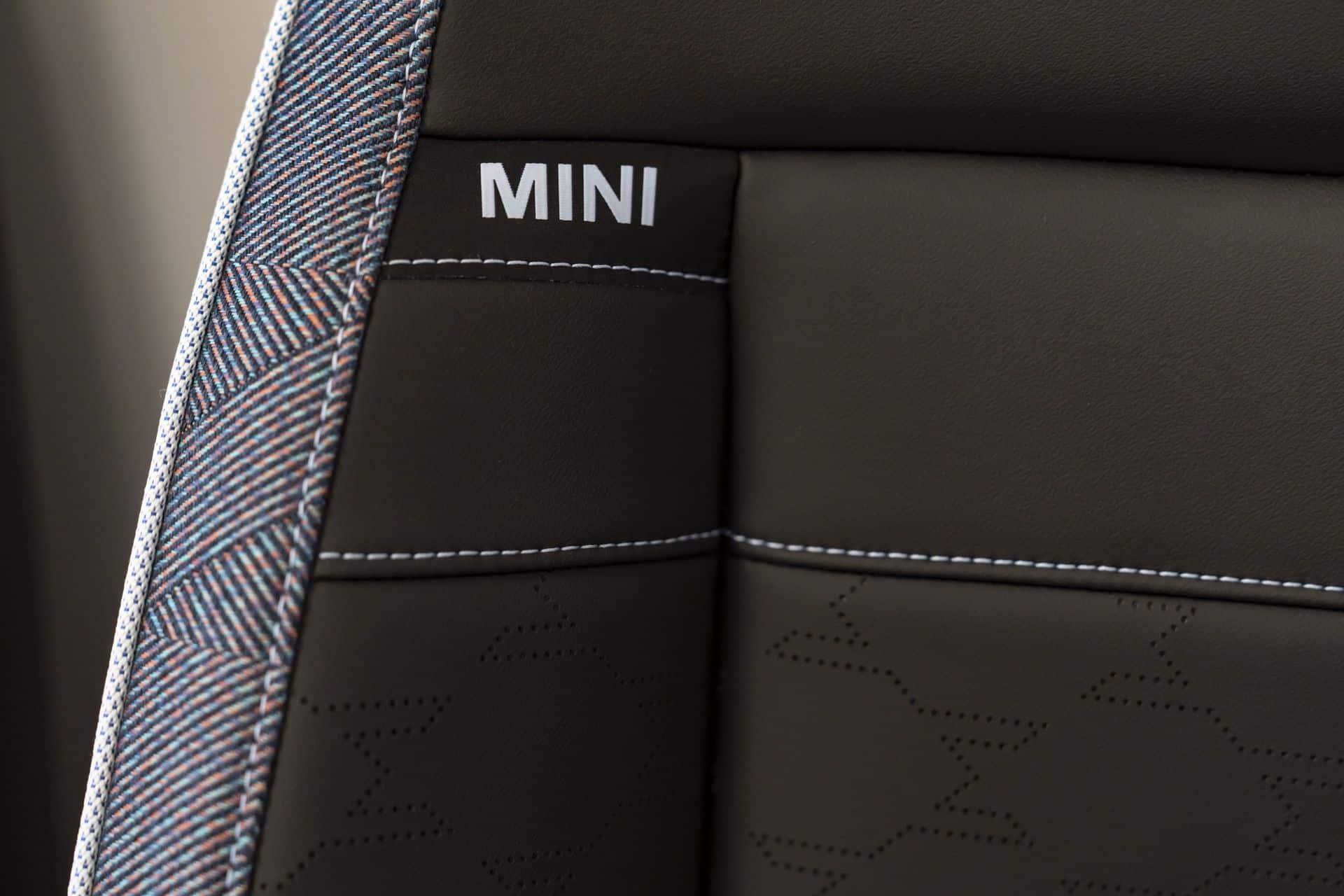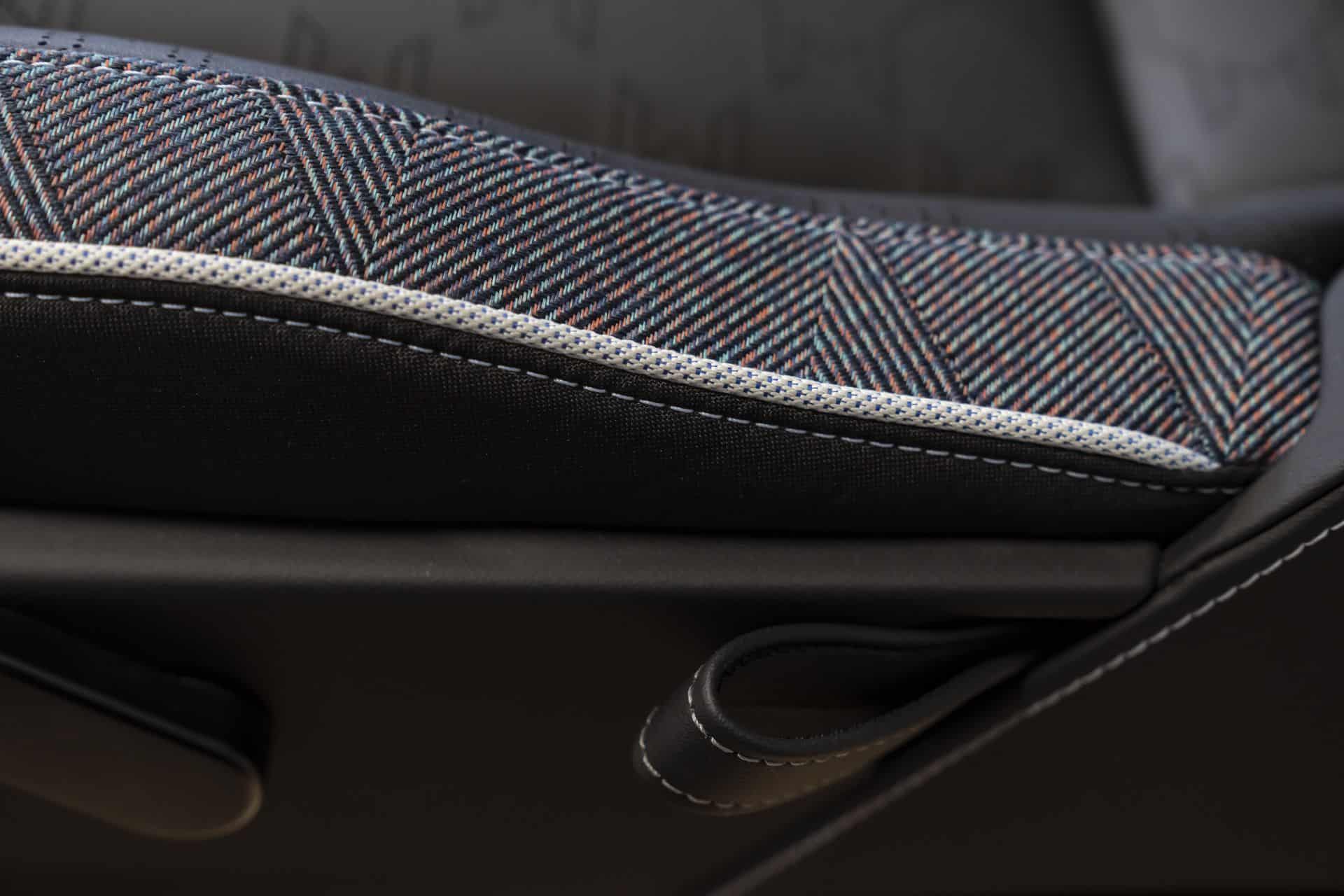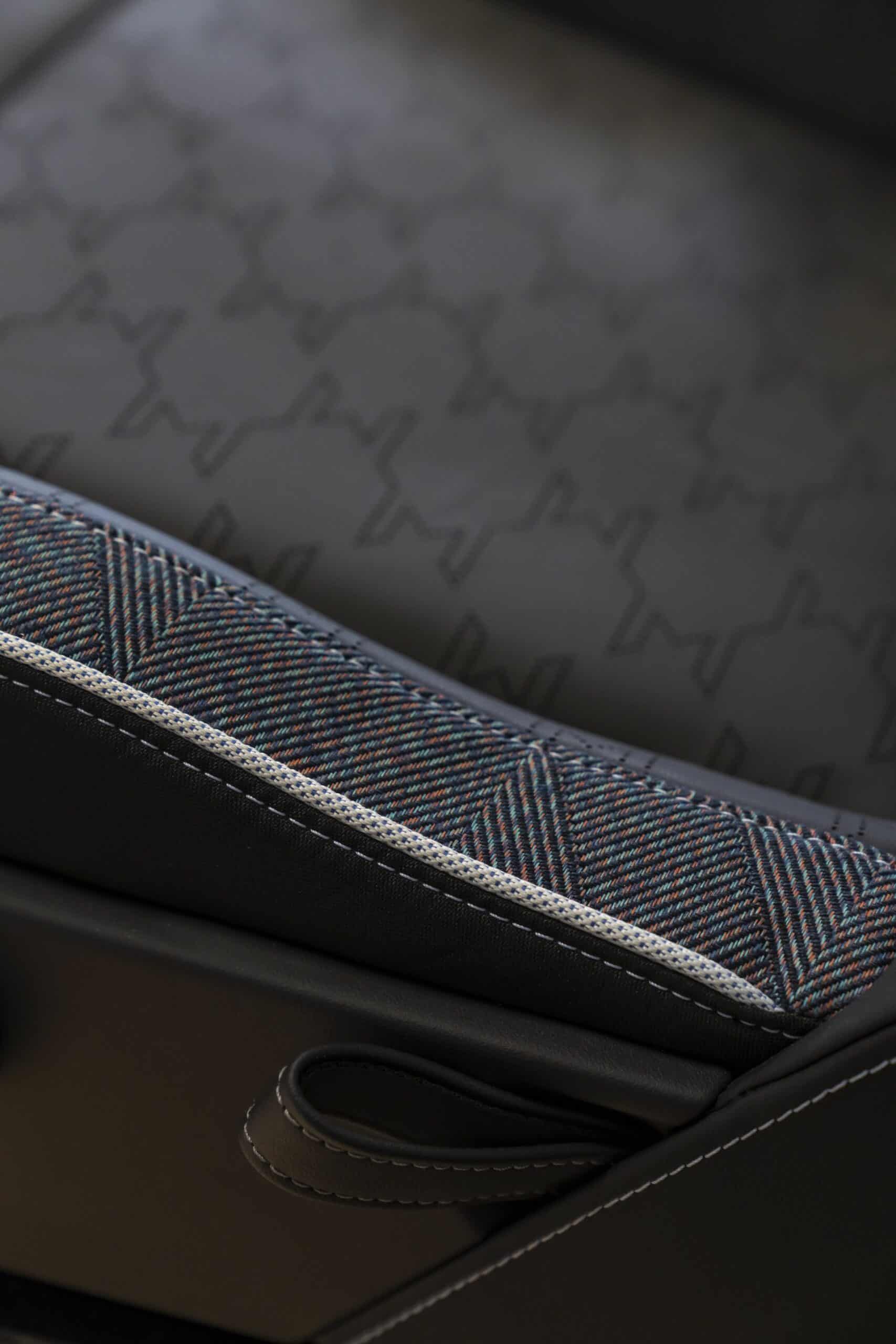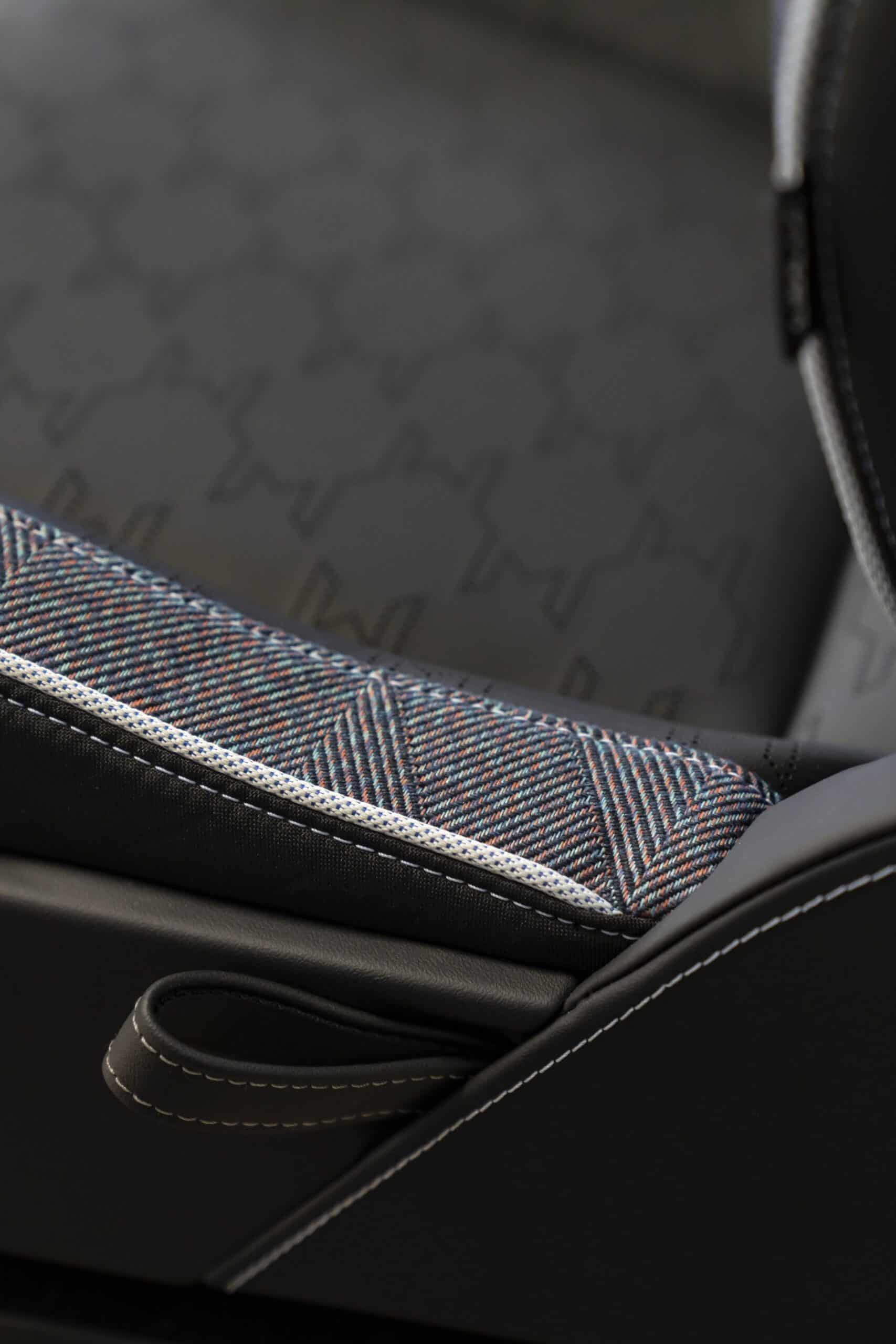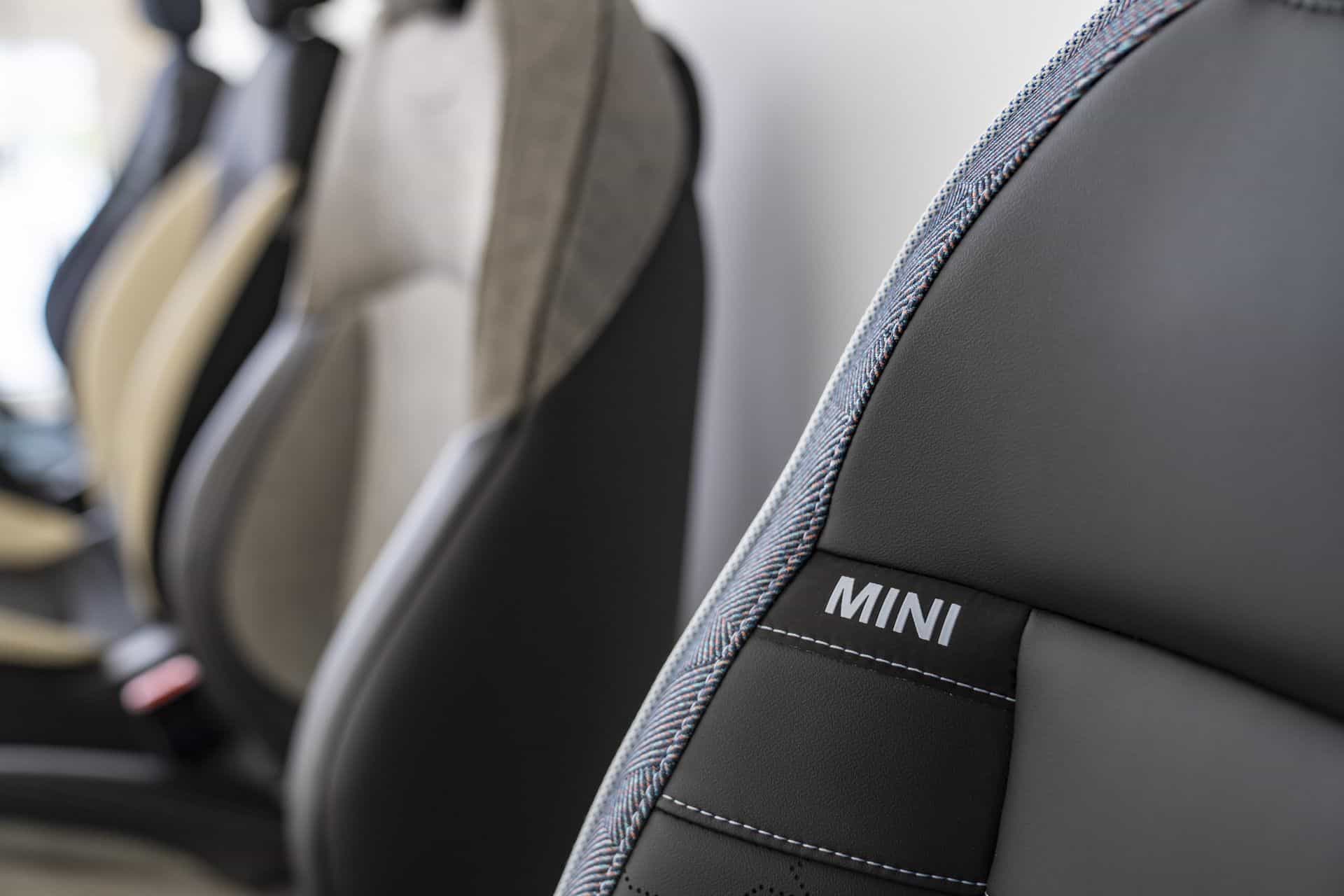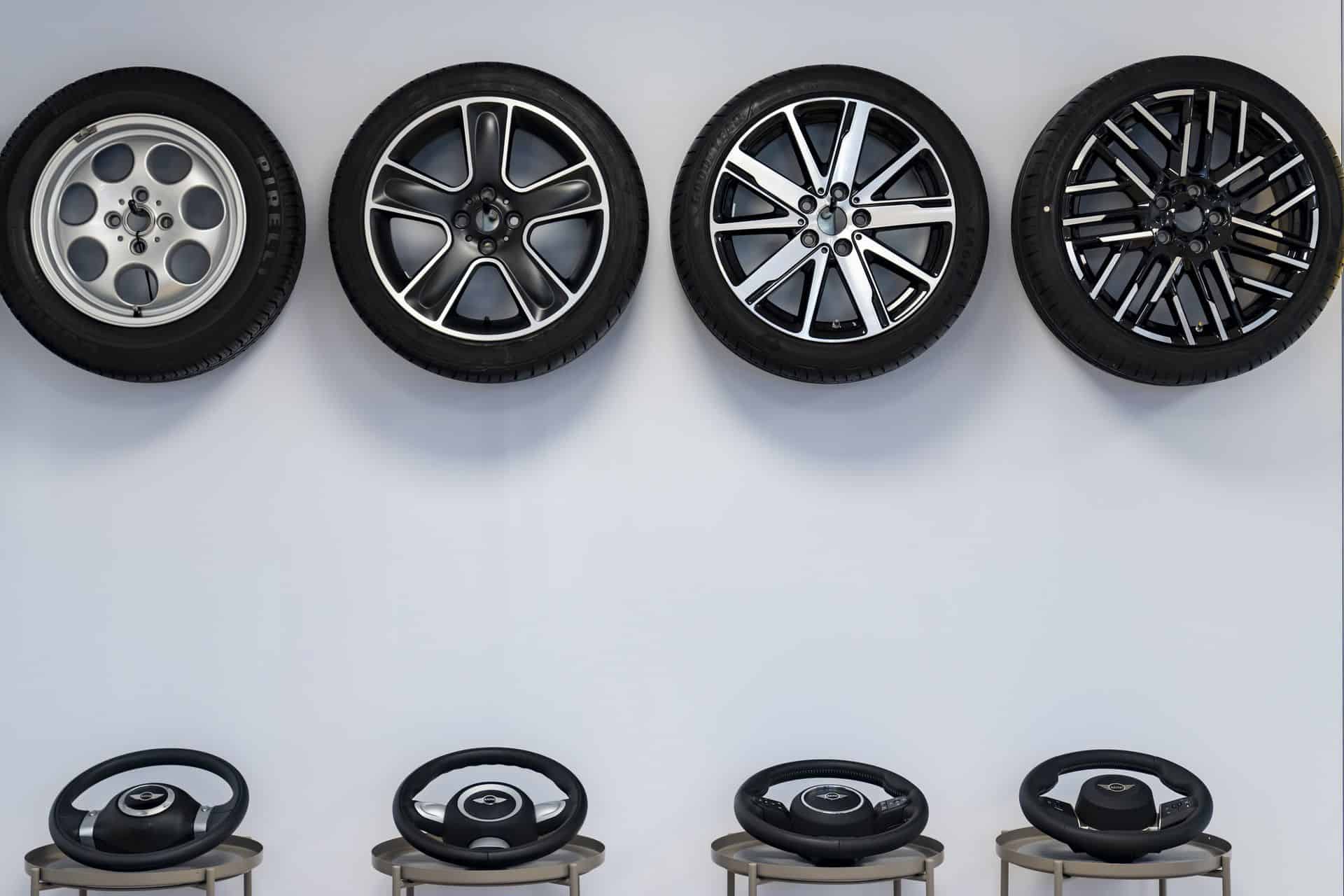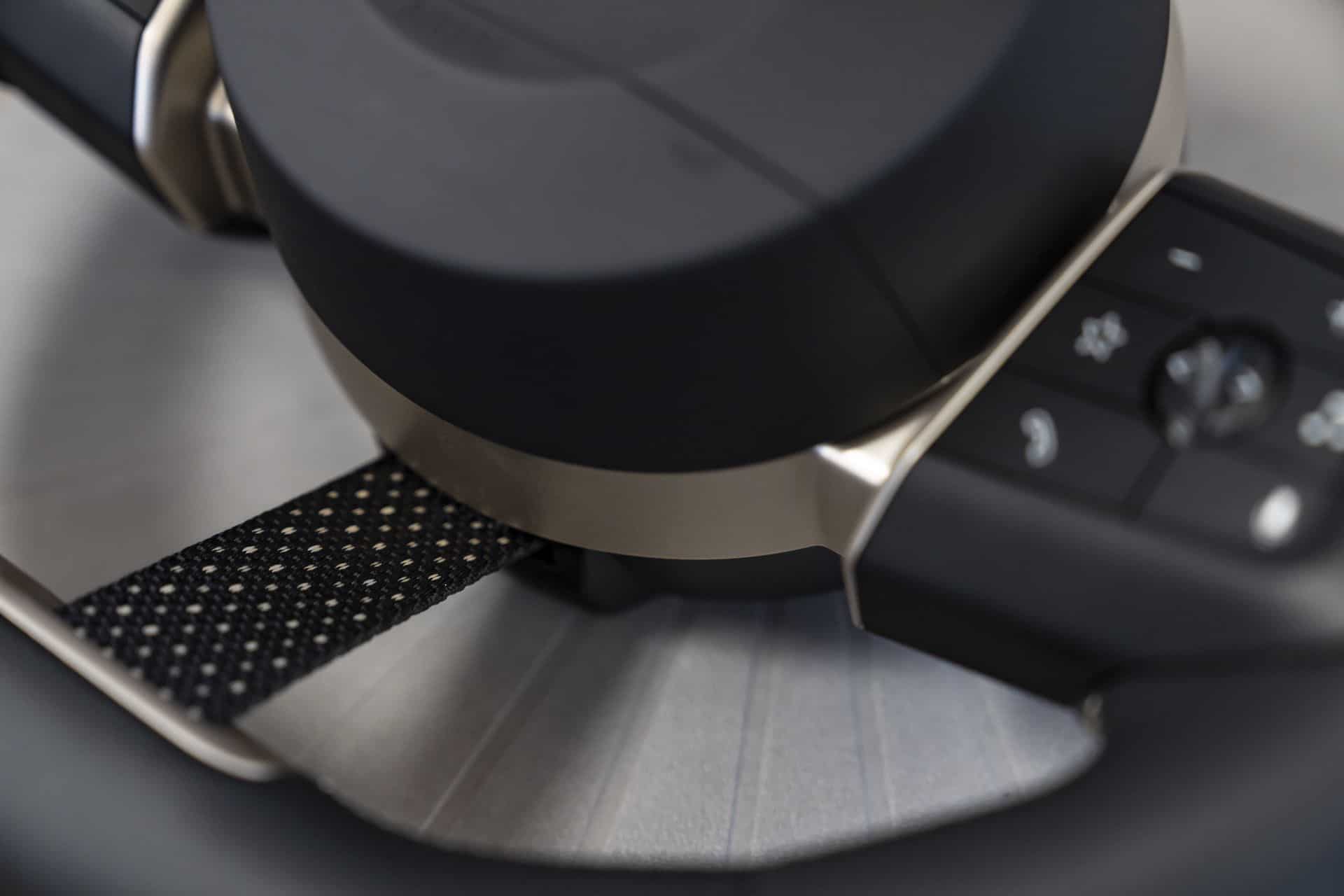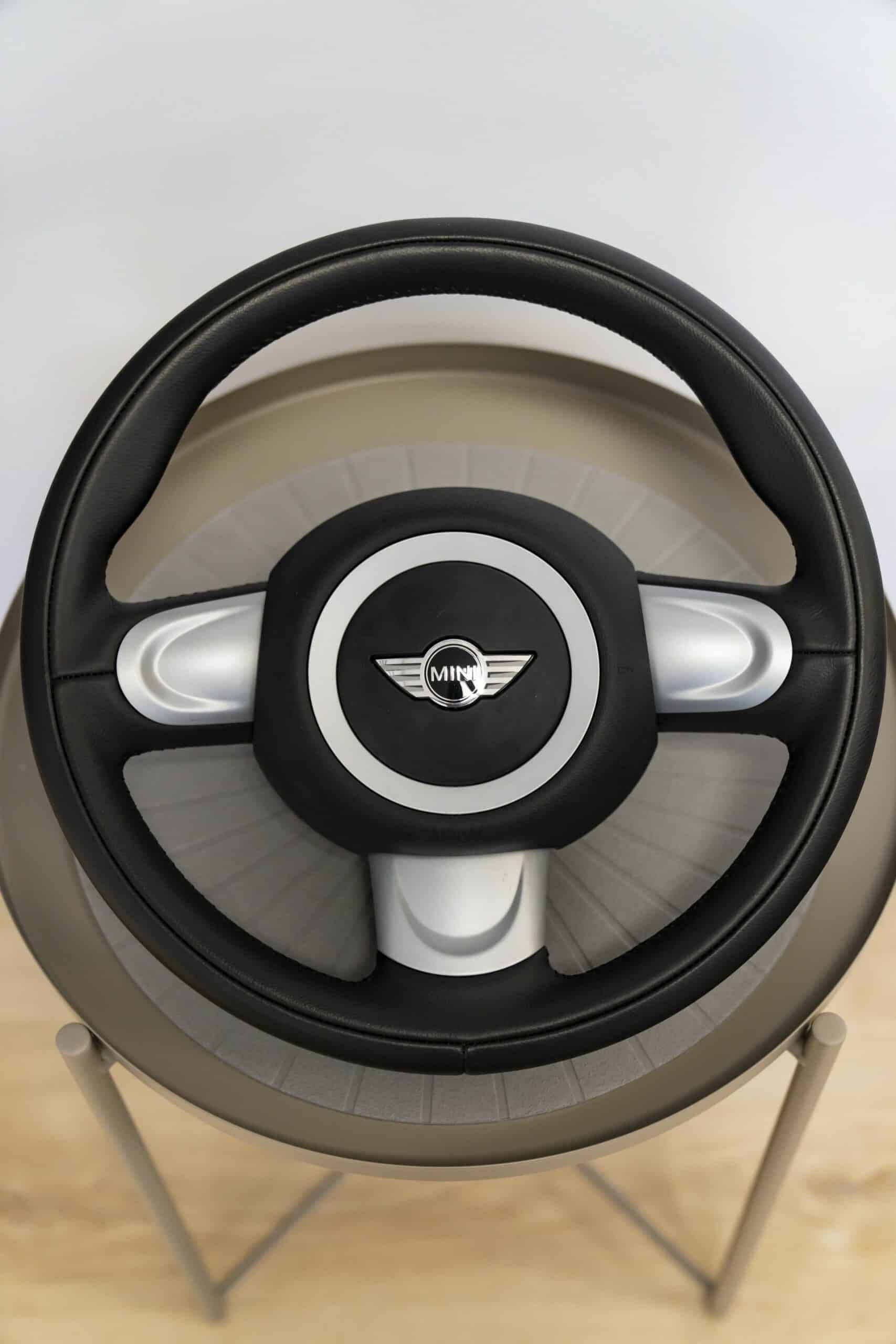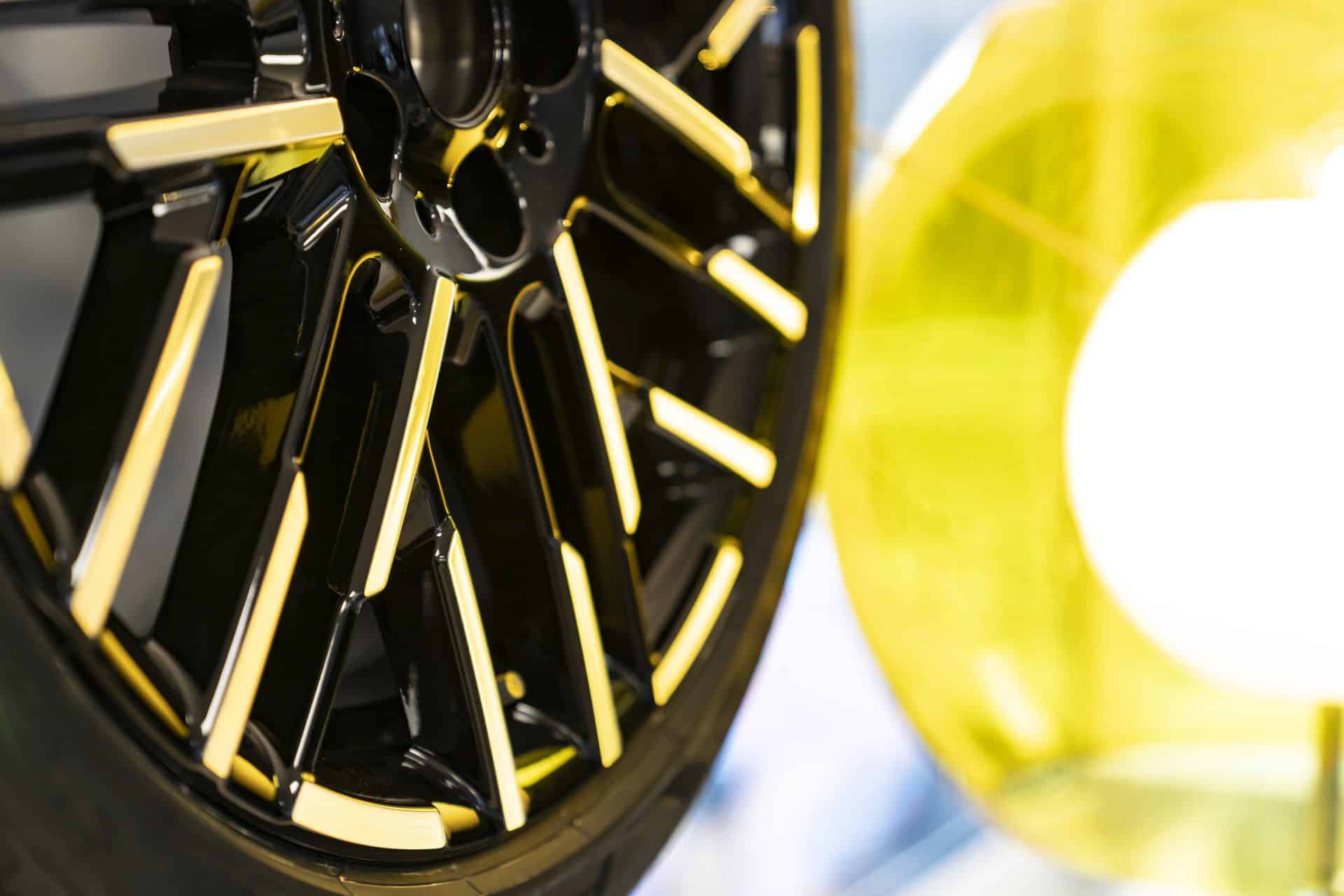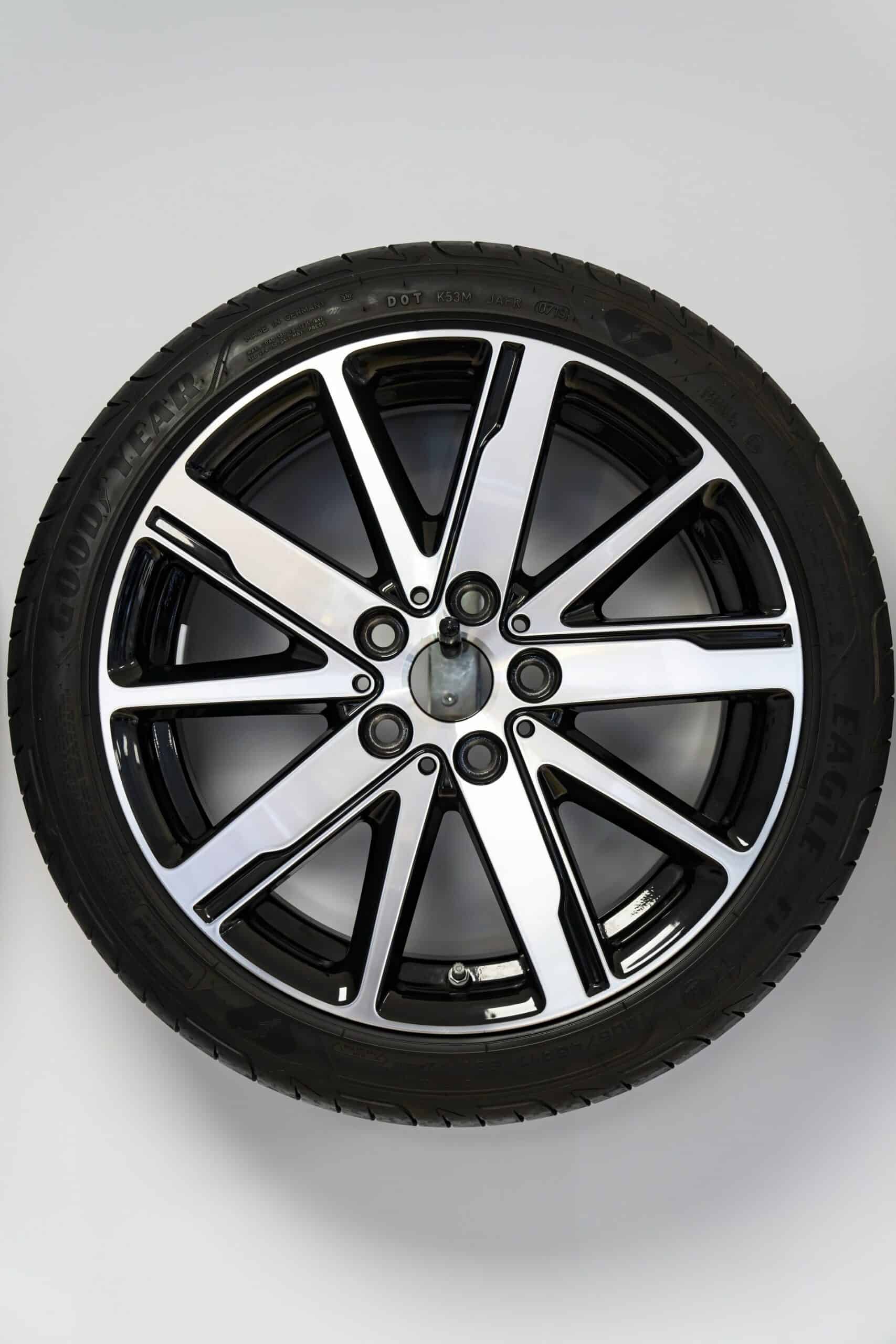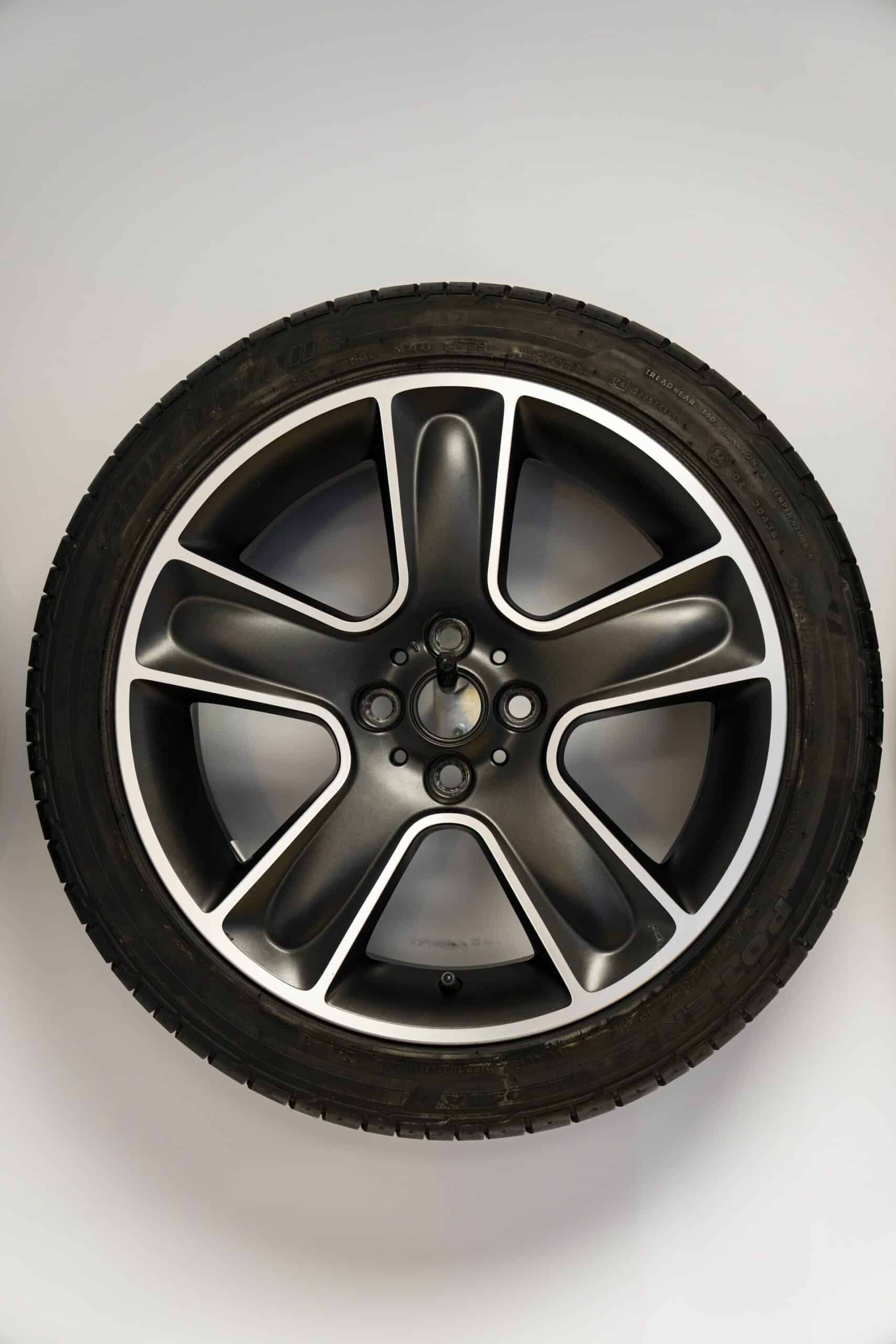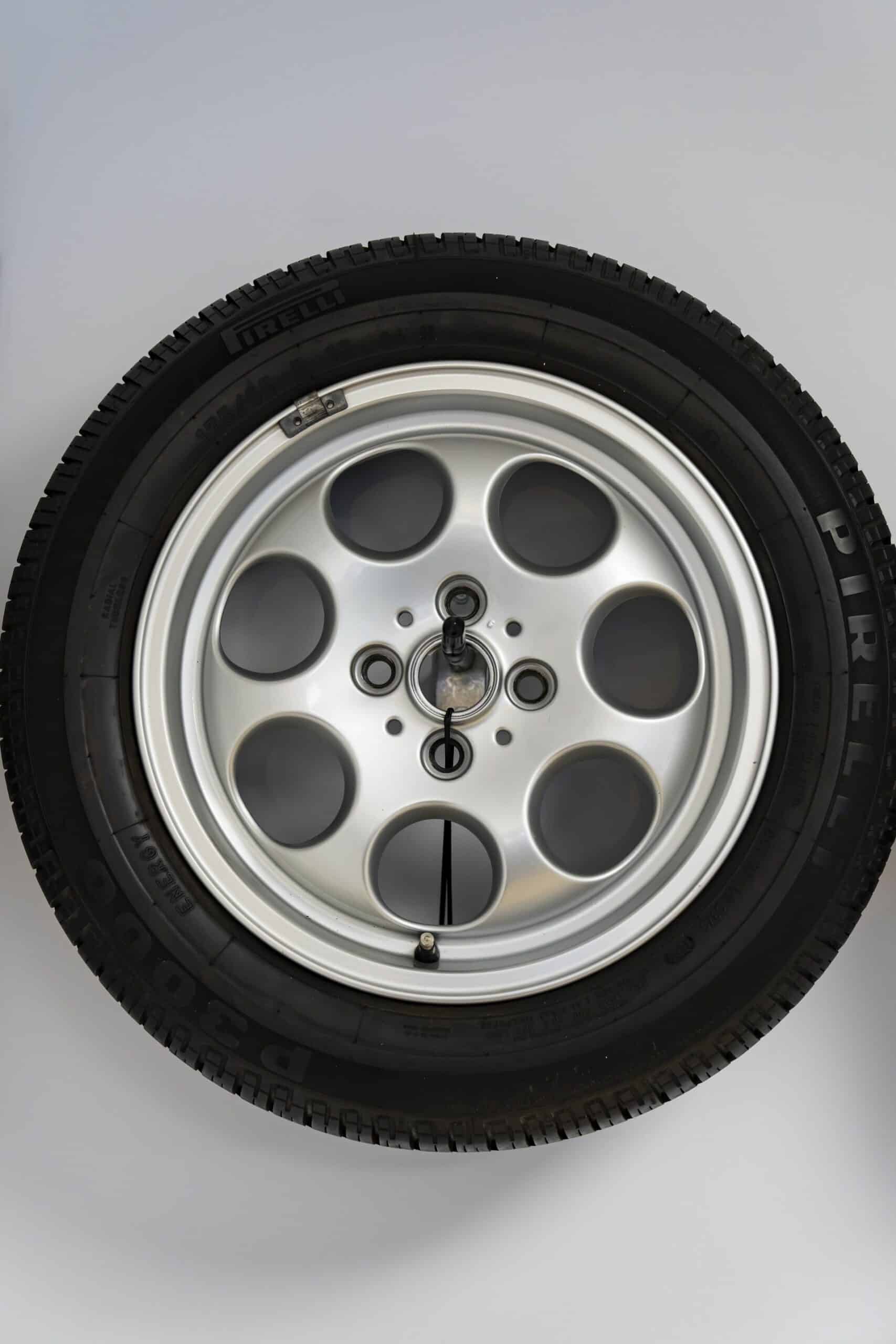MINI is updating the iconic Cooper model pretty heavily for 2025. The new Aceman model and the brand’s larger Countryman model (which enters its fifteenth year and third generation of production for 2025) will see similar designs. All three models get propelled into the future with a generous smattering of updates – inside and outside the vehicle. We sit down with Oliver Heilmer, Head of Design MINI, and discuss some of the decisions and changes that bring MINI into the next generation.
Heritage and How to Move Forward
Heilmer is clear from the beginning about where the new MINI designs come from. “We tried to understand the brand from its beginning,” he says. The first MINI, to Oliver, was pure disruption – despite being a direct response to the original oil crisis in the 1950s. So how does the brand evolve nearly 70 years later without losing its iconic appeal? “The DNA of MINI…is going in different directions when no one is expecting it,” he says. “What’s the purpose, what do we need to do now? And this is the approach to our [design] form language…sometimes you need to change things in order to remain iconic.”
So, MINI changed things. Citing the cluttered and over-styled mess that much of the new car market is, they channeled the simplicity and aesthetic of the original MINI into developing something that stands out without losing its, well, MINI-ness. “So we say, okay, maybe the hardware should be reduced,” Oliver says, a delightfully fresh take I wish some of his cohorts at BMW might consider.
A Clean and Rethought Interior
The new MINI interior is a step towards that overall reduction in hardware. “Taking out elements of something that is already, you know, evolved in several generations more and more was a hot approach,” Oliver says. The steering wheel shrinks while retaining a similar thickness as the outgoing models. Other small revisions abound, but “Basically, it’s back to the roots of the brand,” Heilmer says. A playful theme emanates from the new MINI cabin, with touches like a modern take on the iconic British houndstooth pattern and driving models like “Timeless” that provide an even more vintage MINI feel.
Notably, analog-style gauges and purposeful switchgear populate the cabin and do a good job of conveying the “charismatic simplicity” that informed the new MINI design. “We try to implement a charismatic appearance which is then able to be changed by the customer,” Heilmer says, “lifting up personalization to the next level.” It’s a good look for MINI, with vehicles largely reliant on their style and character to move units.
Exterior
“Talking about the exterior, I think that we had the same approach,” Heilmer begins. “I think the entire front of the original MINI was grille. It was a tiny car,” he says. The new face of MINI products is “much less complicated,” Heilmer assures us. “We get rid of the framing around the headlights, from a production standpoint it’s unnecessary anymore. There’s just one thin frame with a lot of body color at the center, at the top of the rail you see black because of the radar integration.” It’s a refined and daringly simple design that flies in the face of BMW’s big-grille approach.
A shortened overhang accompanies new MINI vehicles – specifically, the Cooper- but the design language should also transfer over to the Countryman and Aceman. Wheel size increases and allowed Heilmer and his team to ditch the protruding wheel arches. Finding balance in the design after eliminating the funky arches was tough. They walked the line by blending “a combination of keeping this kind of MINI softness but making some crease lines a little bit more sharp…giving definition around the rear wheel.” The rear overhang shrinks compared to the current model, and the rear bumper is more flush with the body than before.
New Look, Same Playful MINI Brand
With the new MINI Cooper, MINI Countryman, and MINI Aceman comes a slew of typical MINI additions that imbue the vehicle with a bit more personality. Configurable display and driving modes, hello and goodbye animations, and plenty of customization options. And while the Countryman, perhaps predictably, increases its proportions year-over-year, the Cooper shrinks compared to the current model. That’s a wonderful and welcome change of pace in the automotive industry. Heilmer says the Countryman grew intentionally to become a bona fide family car with plenty of room for cargo.
Overall, the new MINI lineup looks more compelling than ever before and certainly does a good job of bringing the brand forward. Here’s hoping Heilmer’s focus on small changes and details permeates the rest of the auto industry.







